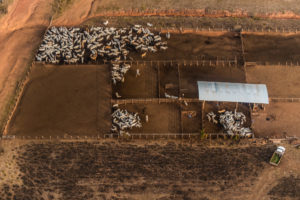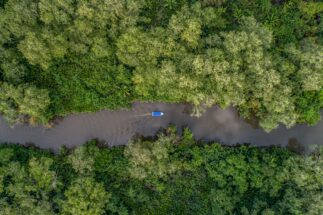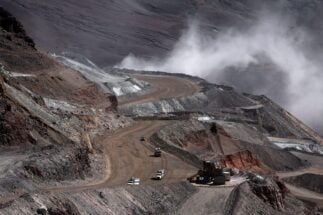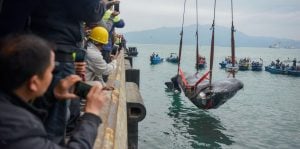It was said that 2020 was meant to be a landmark year for environmental action, before the Covid-19 pandemic struck and caused worldwide disruption. 2021, then, was to be the year that delayed conferences and much-needed progress on climate change and biodiversity loss finally arrived. Of course, it hasn’t been so straightforward.
Emissions and environmental degradation rebounded after lockdowns and challenges remain in agreeing solutions, at every level from the intergovernmental to grassroots. Nonetheless, there have been positive developments. As the year comes to a close, we’ve taken a look back and rounded up the biggest environmental stories from Latin America and the Caribbean that Diálogo Chino covered in 2021.
Covid recovery slows green progress
After the dramatic changes and setbacks of 2020, many looked to 2021 as something of a promised land. But recoveries have been hampered the world over, with the dire financial consequences of the enduring pandemic shifting government priorities and impacting progress towards net-zero economies.
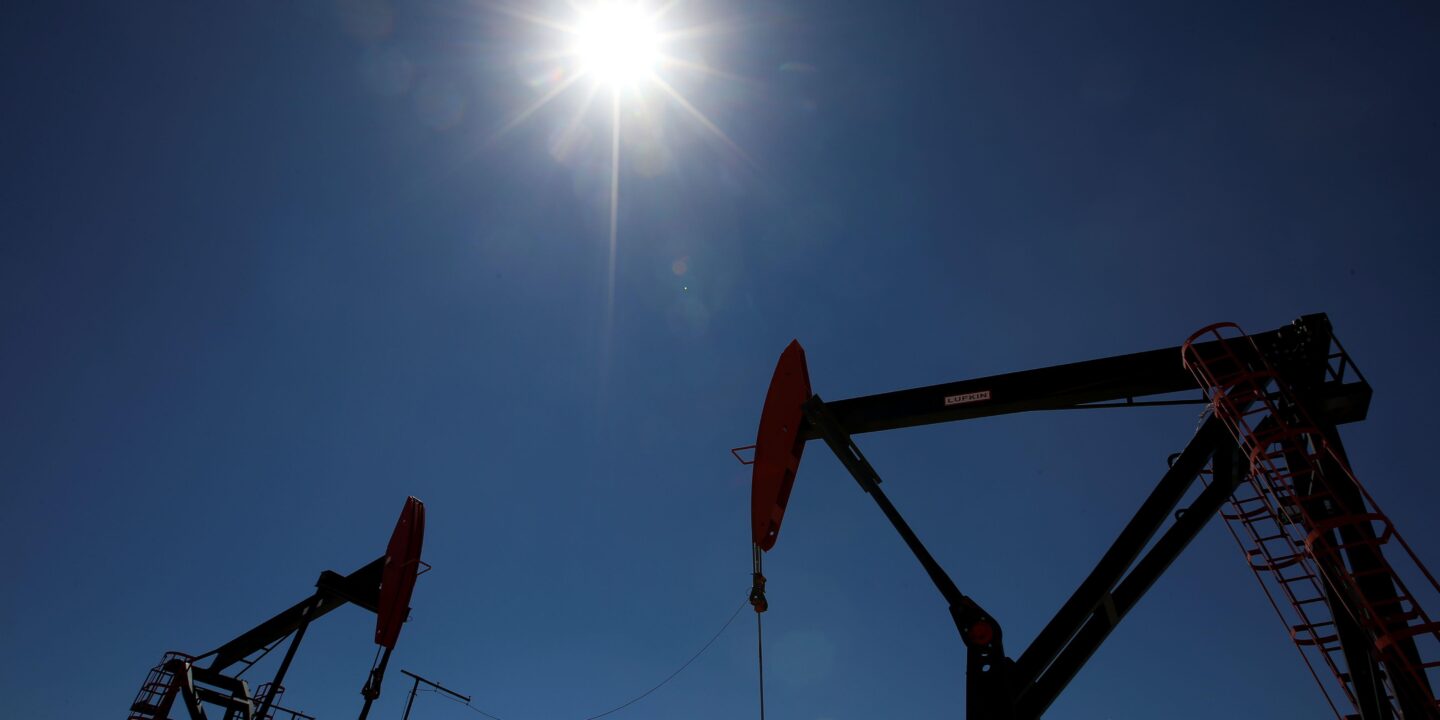
A joint report from Oxford University and the UN, published in May, found that Latin America had vastly underspent on green recovery measures, with only 2.2% of the region’s stimulus funds dedicated to environmentally sustainable projects – significantly lower than the global average of 19%.
The developing nations of Latin America clearly face tough balancing acts amid financial and debt crises, but experts stressed the long-term logic of investing in sustainability, including the protection of biodiversity, which could be key in the region’s post-Covid recovery.
One area that did see recovery in 2021 was, unfortunately, greenhouse gas emissions. The Climate Transparency Report, published in October, found that emissions rose across the G20 after pandemic disruption in 2020, including in its Latin American member nations, Argentina, Brazil and Mexico.
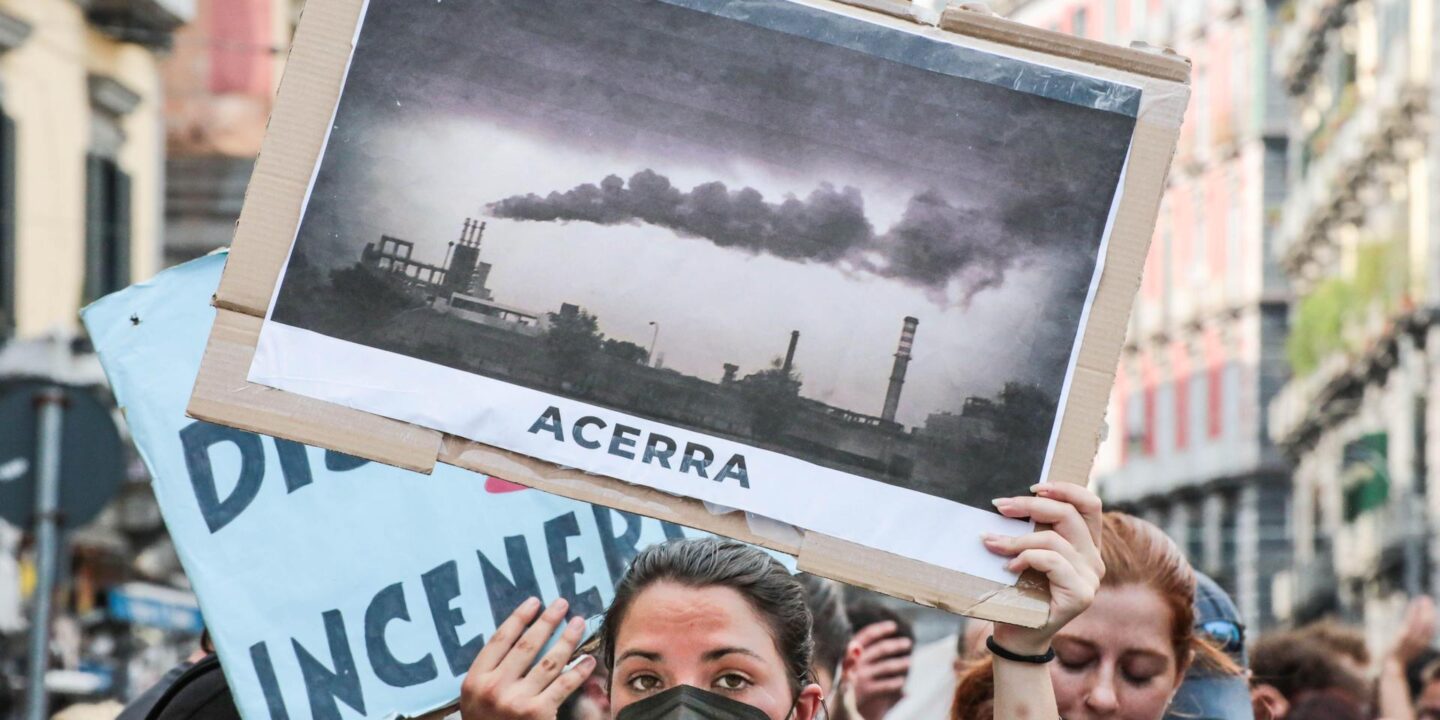
After a 6% drop in 2020, the projected 4% rebounding in CO2 emissions was not unexpected and was, to some extent, necessary after many economies had come to a halt last year, but the report similarly highlighted the many missed opportunities in green recovery spending. Ahead of the COP26 climate conference in November, there was also a rallying cry to end fossil fuels subsidies, with G20 nations reportedly having committed nearly US$300 billion to the industry between January 2020 and August 2021.
Yet, 2021 also saw some positive movements on climate finance. Uruguay plans to launch a sovereign green bond linked to its climate targets, to fund sustainable initiatives and add impetus to climate action. And after more than US$16 billion of green, sustainable and social bonds were issued across Latin America and Caribbean in 2020, a further $12.5 billion followed this year, as of June.
Energy transitions stutter
Financial recovery from the pandemic is just one of the obstacles facing Latin American energy transitions: the sheer size of the task is daunting, too. Wind and solar energy still only represent 6.5% of the region’s installed energy capacity, while fossil fuels account for around 75% of primary energy, representing a significant challenge for decarbonisation.
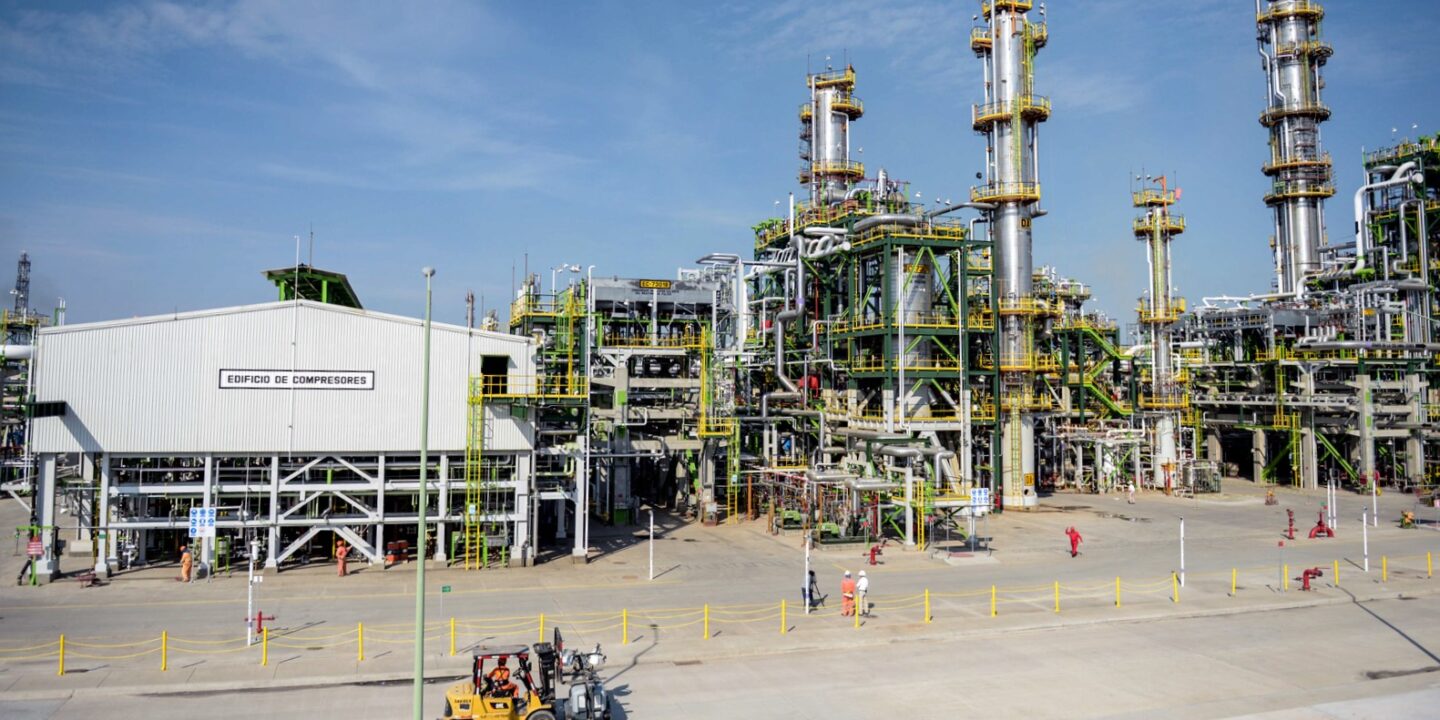
In June, we reported on the major Latin American emitters that continue to develop fossil fuels, including Brazil, Argentina and Mexico, despite global shifts and calls for their phase-out. In the same month, however, Chile approved a bill that could see the country close all its coal-fired power plants by 2025, ahead of the previous goal of 2040, though it was met with concerns about its feasibility and the potential swapping of one fossil fuel for another: diesel.
Energy will be high on the agenda for its newly elected president, 35-year-old Gabriel Boric, when he takes office next year: the country’s 12-year mega-drought continued throughout 2021, and climate change further threatens rainfall in a country that derives almost 30% of its energy from hydropower – resources that strained in 2021, leading to energy shortages.
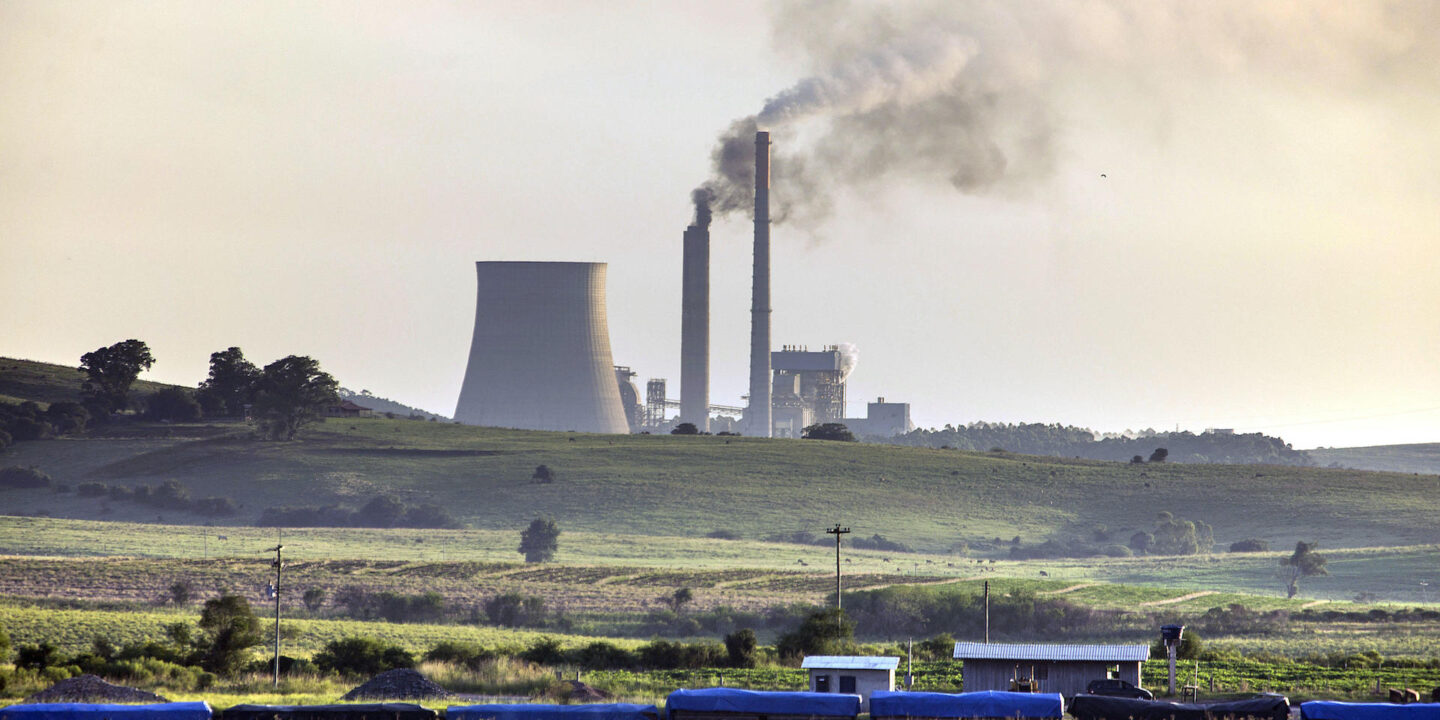
A potentially significant announcement for developing nations’ energy transitions came in September, when Chinese president Xi Jinping told the UN General Assembly that China will stop building and financing new coal-fired power plants overseas. Chinese involvement in Latin American coal power is limited, but the concurrent announcement of an intention to increase support for green and low-carbon development could bring added momentum to the region’s shift to renewables.
In October, we published a unique interactive map that plotted all Latin America’s non-hydro renewable energy projects, detailing installed and planned capacity. The map serves as a yardstick for the region’s transition and underscores areas where progress can be made.

In one of the more unexpected energy stories of 2021, a Chinese government clampdown on bitcoin saw the cryptocurrency’s energy-intensive ‘mining’ operations shift away from China, towards the US, Canada and Kazakhstan – as well as Latin America, with cheap electricity supply in Venezuela and Paraguay attracting facilities.
However, it was El Salvador and its president, Nayib Bukele, that attracted the most eye-catching crypto headlines this year. In September, the country became the first in the world to recognise bitcoin as legal tender, throwing its citizens into an experiment that left many confused, while the president reeled off claims about powering its mining processes using the country’s volcanoes.
IPCC challenges, COP commitments
August saw the Intergovernmental Panel on Climate Change (IPCC) publish their damning Sixth Assessment Report on climate change, known as AR6, which identified particular challenges and vulnerabilities for Latin America. The IPCC projected that the region will continue to warm at rates faster than the global average, and found that, in the last three decades, sea level had risen in the South Atlantic at a rate above the global mean. The trend is expected to continue, increasing the threat of flooding in low-lying areas.
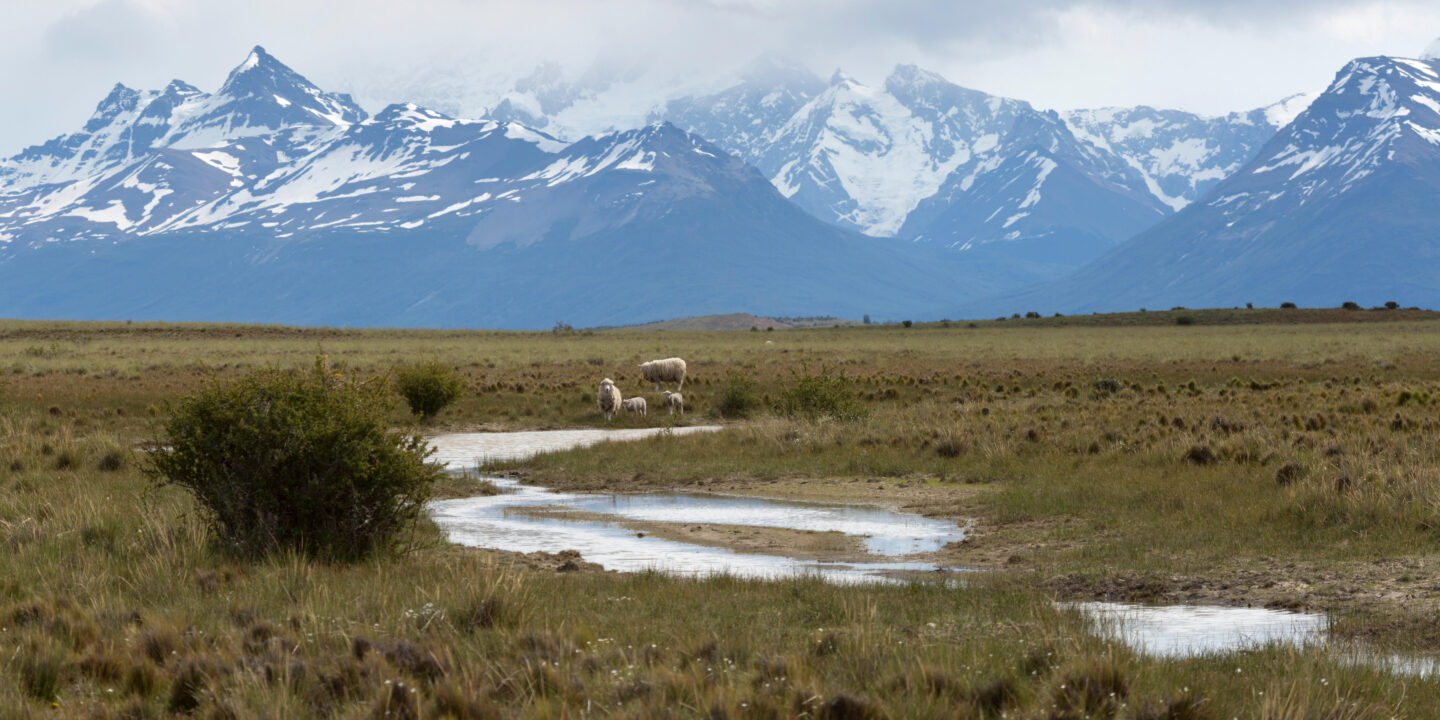
Observers hoped that the publication of the report could provide a wake-up call ahead of an autumn of vital conferences, the most notable being COP26 – the UN’s delayed climate change conference, held in Glasgow this November.
Leaders from Latin American nations announced new climate commitments at COP26, including long-term decarbonisation strategies, and signed up to a number of international agreements, including the Glasgow Leaders’ Declaration on Forest and Land Use, pledging to end deforestation by 2030. Elsewhere, Ecuador, Panama, Colombia and Costa Rica announced new marine protected areas (MPAs), and a plan to connect their marine reserves to form one area that will protect one of the world’s richest pockets of ocean biodiversity.

But the outcomes of COP26 left many campaigners, negotiators and developing countries frustrated, and Latin America still has a long to-do list after the conference. Like other developing regions, its nations remain dissatisfied with slow progress on key issues, continuing to call for increased finance from developed nations for climate mitigation, adaptation, loss and damage. Still, as with all countries, they must develop stronger long-term strategies and show increased commitments before COP27 in Egypt next year.
Elsewhere, the similarly delayed UN biodiversity conference, COP15, finally took place this October, albeit virtually, with the first of its two meetings hosted out of Kunming, China. Yet, it seemed largely preparatory. The summit brought a shared declaration and a US$230 million biodiversity conservation fund pledged by President Xi to the developing world. It may get the ball rolling on finance for biodiversity conservation that countries in Latin America and beyond desperately need, but much work remains to be done in upping commitment ahead of the conference’s second meeting, held in-person (hopefully) in 2022.
Escazú enters into force in a dark year for defenders
In one of the most positive environmental developments of 2021, the historic Escazú Agreement entered into force this April, having been ratified by 12 Latin American and Caribbean countries. Its framework could help protect environmental defenders in the region from life-threatening attacks, guarantee access to environmental information and ensure public participation in environmental decisions.
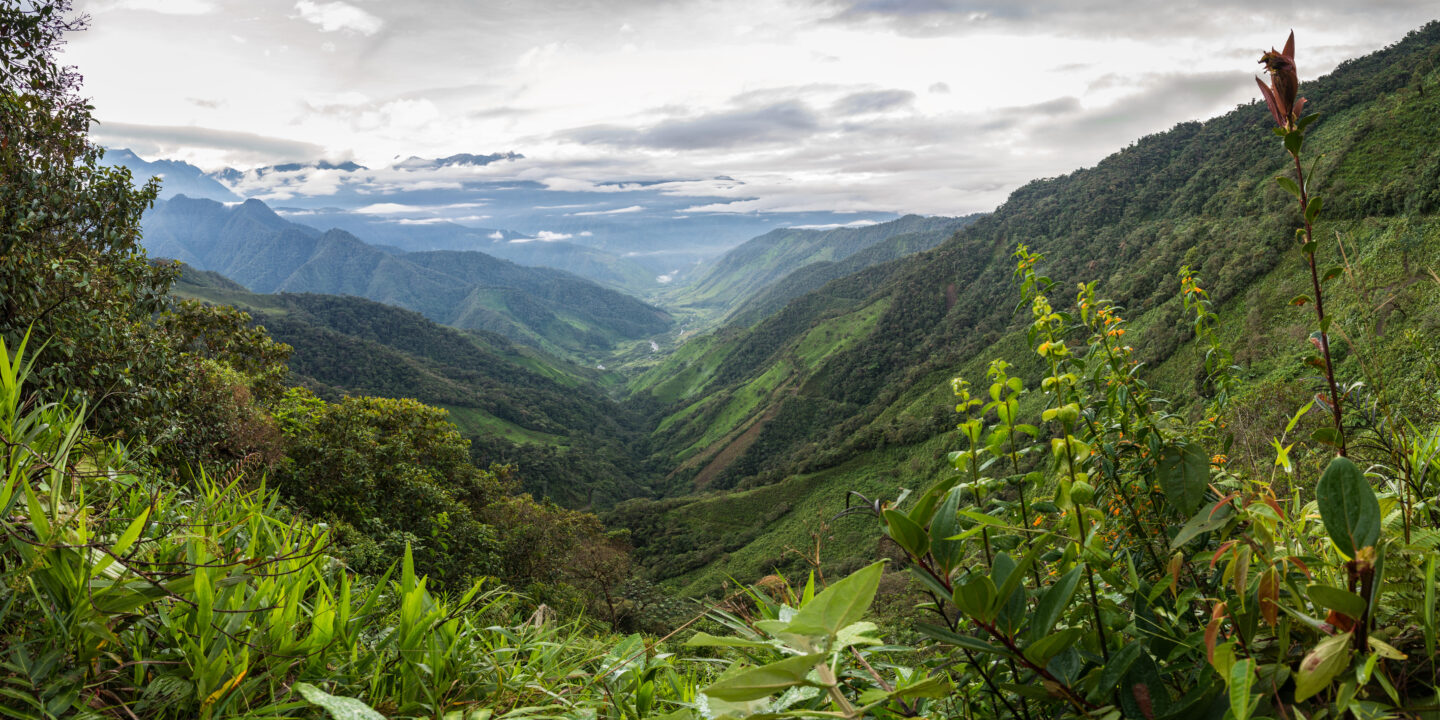
Escazú’s protections – and their effective implementation – are needed more than ever. In May, we reported on the agreement’s process and prospects in Mexico, where six land and environmental defenders had already been murdered in the first half of the year. And wider Latin America continues to be the world’s most deadly region for environmental defenders, as Global Witness’ annual report, released this September, revealed. It found that nearly three-quarters of the 227 murders of frontline activists recorded globally in 2020 took place in the region, while seven of the top ten countries with most attacks were also in Latin America.
Despite the sobering statistics, many nations in the region who have signed to the agreement since 2018 have stalled on ratifying it. Recently elected Peruvian president Pedro Castillo has shown no sign of moving his country closer to doing so since taking office in July. Nor has Brazil’s Jair Bolsonaro. Hopes for his nation’s ratification may lie beyond next October’s elections – likely to be one of the key stories in Latin America in 2022, not least for its potential effect on Brazil’s direction of travel on the environment.
Climate litigation on the up
Away from the frontline, environmental defence had a better year in the courts, with a notable rise in climate litigation across the world, including in Latin America and the Caribbean. In Guyana, where offshore oil discoveries have attracted US and Chinese investors, two residents have brought a suit against ExxonMobil’s operations – the major’s first constitutional challenge in the Caribbean – for infringing on citizens’ right to a safe and healthy environment.
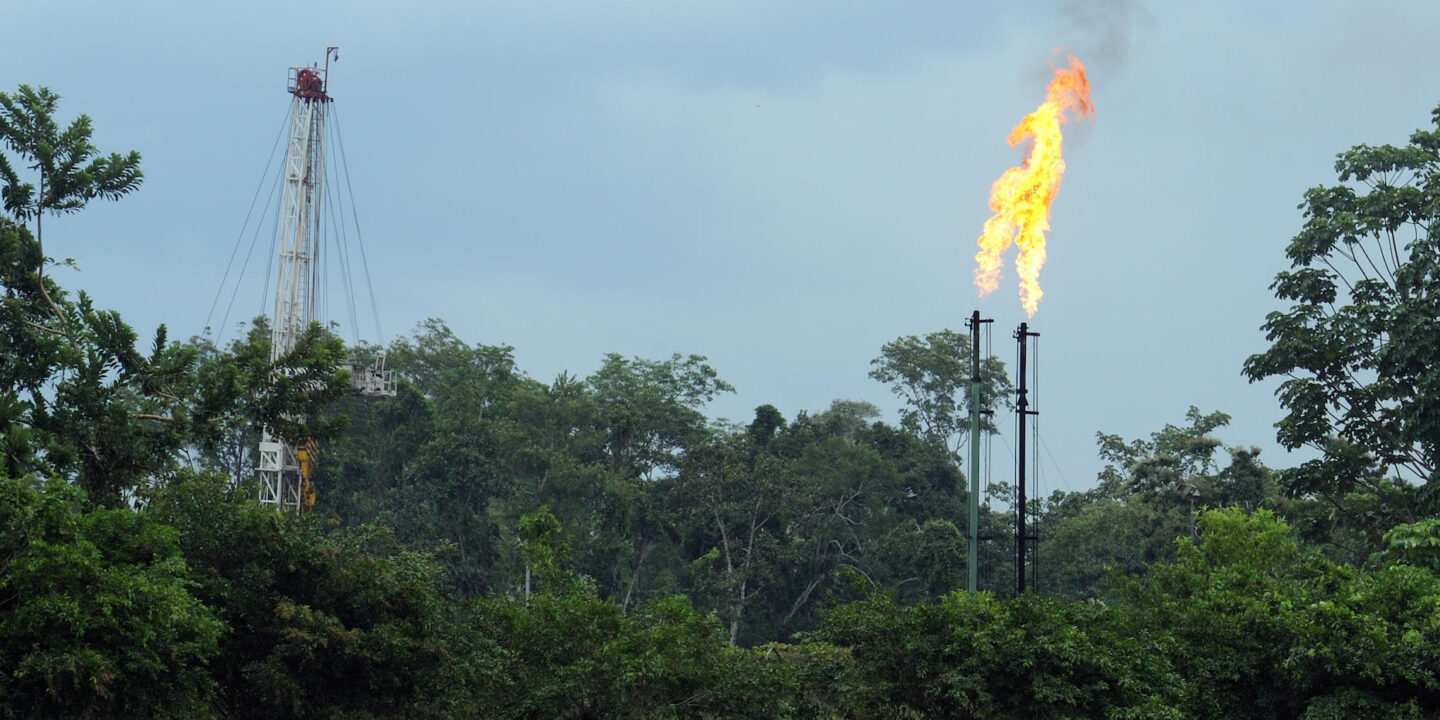
Meanwhile, in Ecuador, a group of indigenous Amazonian people took a local arm of one of China’s biggest oil firms to court over the impacts of flaring, in the country’s first major climate change litigation case. They lost, but are appealing the decision. Later in the year, however, Ecuadorian courts ruled against its national mining company for violating the rights of nature. It was a landmark decision, and sets a promising precedent for biodiversity protection in the country, and potentially beyond, as the region heads into 2022.




